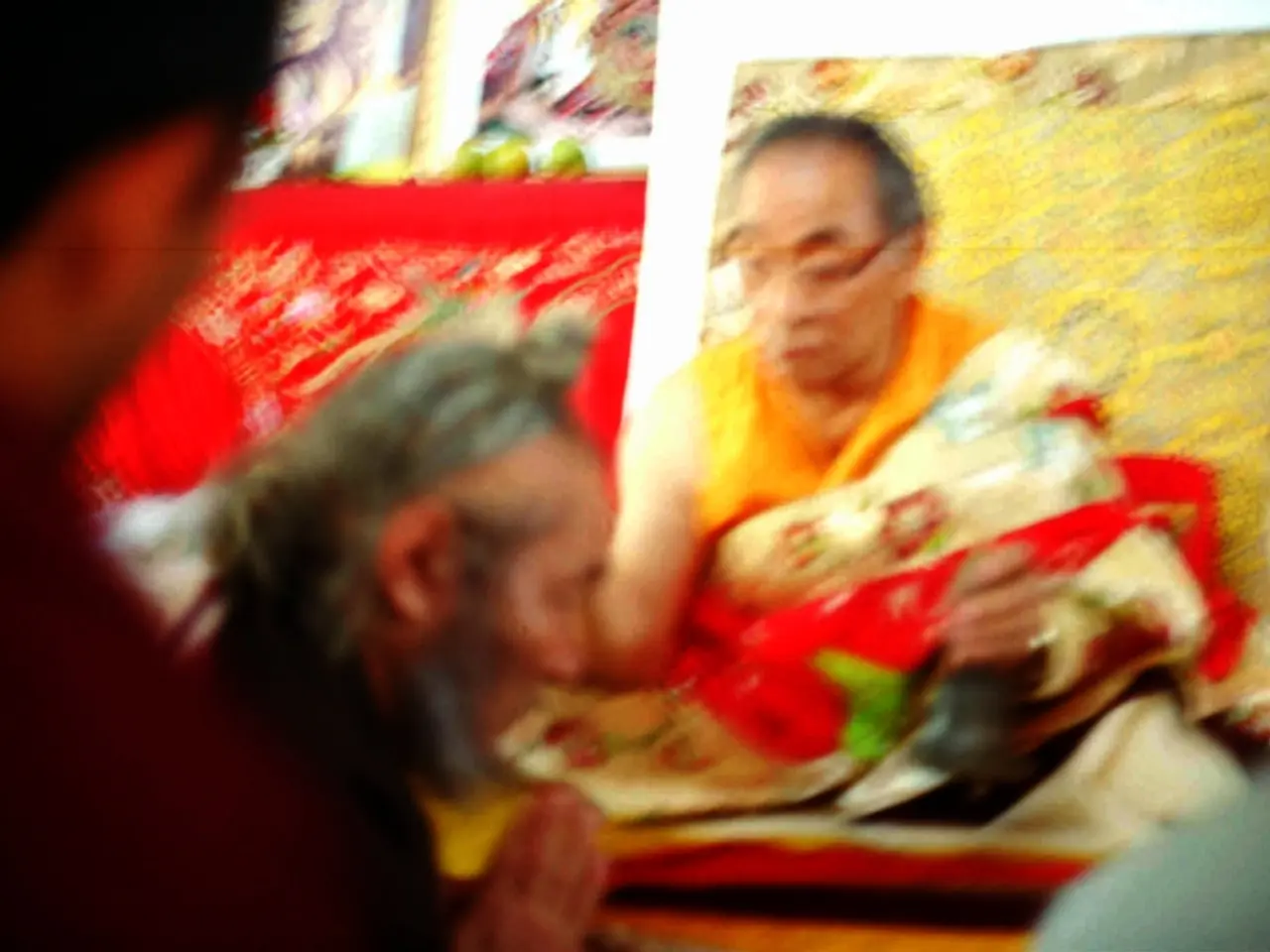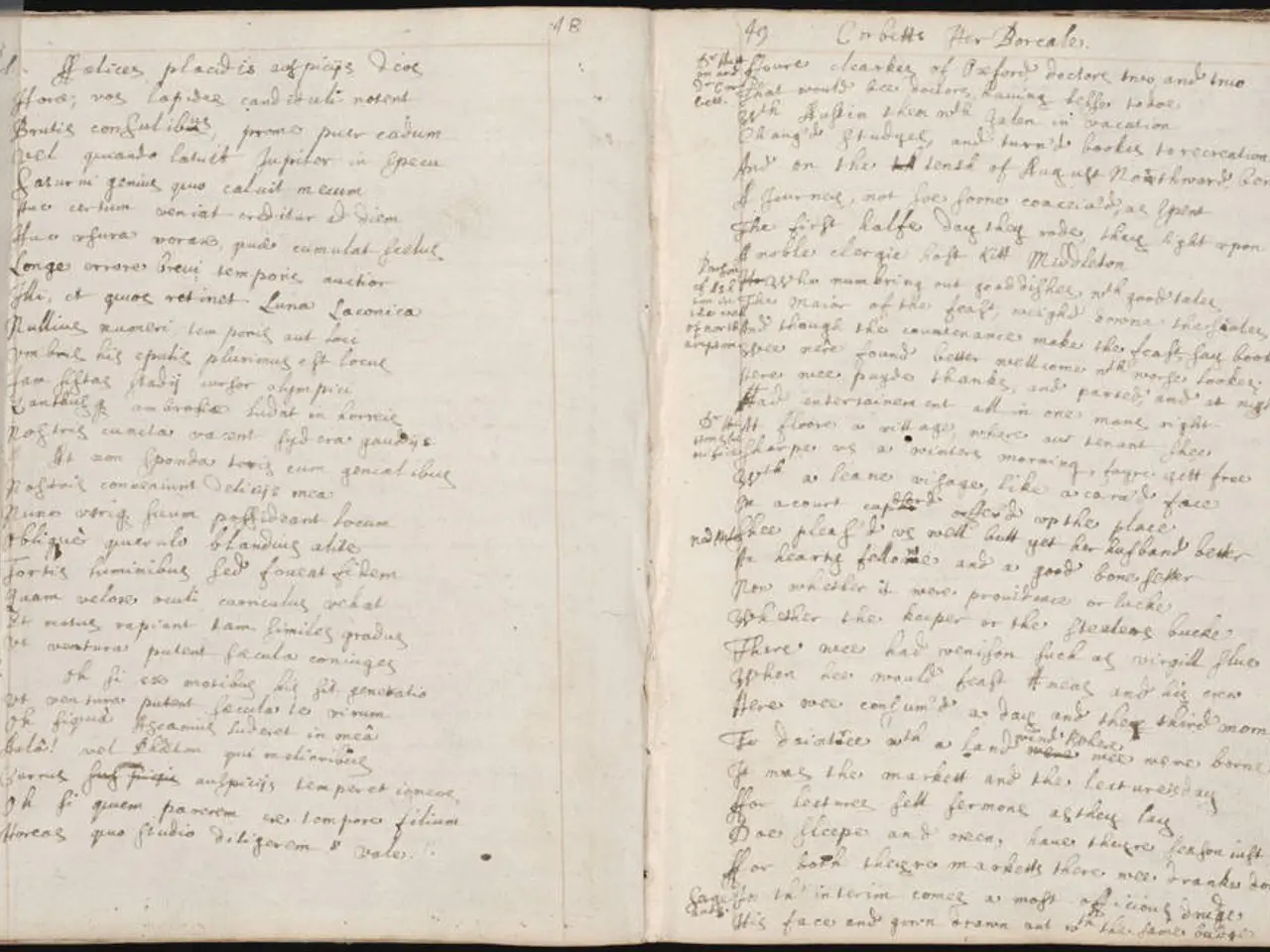Analysis of the Text: A review of a book that delves into the history of democracy in Taiwan
**Taiwan's Journey Towards Democracy: A Long and Fought Battle for Self-Determination**
The roots of Taiwan's democracy can be traced back to the early 20th century, marked by a series of proto-movements for self-determination during the Japanese colonial era (1895–1945). One notable example is Hsieh Wen-ta, Taiwan's first pilot, who dropped political leaflets over Tokyo in 1923, demanding local representation in government [2]. These early efforts laid the groundwork for political awareness and a distinct identity that contrasted with subsequent Chinese Nationalist (KMT) rule.
The sense of Taiwanese identity was further shaped by the arrival of the KMT, which took control of Taiwan following World War II. The KMT, led by Chiang Kai-shek, established a repressive military regime that suppressed local identity and governed under martial law. The incoming KMT forces were met with shock by native Taiwanese, who had previously prospered under Japanese rule. The troops were perceived as corrupt, unsanitary, and culturally alienating [2].
In spite of the repressive environment, democracy movements began to emerge, notably in exile, such as the movement founded in Japan in 1962 by Su Beng. These movements advocated for basic human rights, political participation, rule of law, and constitutional reforms, despite facing repeated setbacks and crackdowns within Taiwan [2][3]. Activists continuously educated and mobilized the public, advocating for freedoms of expression, assembly, and association even under authoritarian rule [3].
One of the most significant moments in Taiwan's struggle for democracy was the Kaohsiung Incident in 1979. The KMT banned Formosa Magazine and convicted its leaders, the "Kaohsiung Eight," of sedition, sentencing them to terms of ten years to life in prison [3]. However, the memory of the 228 Incident, a KMT massacre of thousands of native Taiwanese in 1947, hardened by 38 years of military rule and White Terror, coalesced as a raison d'etre for movements for Taiwanese identity and democratic self-determination [5].
The democratic transition was further shaped by constitutional challenges. The legal framework inherited from the Republic of China constitution, originally designed for governance of mainland China, posed obstacles to constitutional reforms and political liberalization [1]. High thresholds for referenda and politics dominated by the KMT and opposition Democratic Progressive Party (DPP) rivalry further complicated the process. For instance, the 2004 referendum on cross-Strait relations failed despite overwhelming support due to KMT-led boycotts and turnout rules [1].
The DPP formally came into being in 1986, and for the following two decades, Kaohsiung Incident activists dominated its leadership [6]. Peng Ming-min, a native Taiwanese and KMT technocrat, issued a manifesto in 1950 calling for an end to Chiang Kai-shek's plans to retake China, a new constitution for Taiwan, and the acknowledgment of Taiwan and China as separate countries [4]. Despite being imprisoned by the KMT, Peng later escaped into exile in the US, where he continued to write and advocate for Taiwanese self-determination [4].
Taiwan's democratization journey culminated in a fragile yet enduring democracy that continues to navigate constitutional and political challenges today [1][2][3]. The DPP, which emerged from the tangwai (outside of the party) movement, served as a crucial catalyst for Taiwan's democratic transformation. The DPP's first president, Chen Shui-bian, one of the defense lawyers for the Kaohsiung Eight, went on to become Taiwan's first DPP president in 2000 [7].
Chris Horton's book, Ghost Nation: The Story of Taiwan and Its Struggle for Survival, provides a comprehensive history of Taiwan that answers questions about the Taiwanese people and their long fight for democracy [8]. Horton, a seasoned journalist who has reported from Taiwan for the New York Times, the Guardian, and the Atlantic, criticizes the Chinese Communist Party (CCP) for threatening Taiwan's democracy and accuses liberal democracies of "ghosting" Taiwan, thereby losing some of their own humanity [8].
In conclusion, Taiwan's road to democracy is a testament to the power of resilience and the human spirit. From the early proto-movements for self-determination during Japanese colonialism to the organized democracy movements under a repressive military regime, Taiwan's journey towards democracy is a story of perseverance, courage, and a relentless pursuit of freedom and democratic governance.
- Despite the suppressive environment and authoritarian rule, Taiwanese activists persistently promoted lifestyle changes centered around education-and-self-development, freedom of expression, assembly, and association to advocate for their self-determination.
- The Taiwanese democracy has evolved into a general-news hotspot, intertwining politics with discussions about its unique identity and future, as it continues to navigate constitutional and political challenges amidst international pressure and rivalry.




